Twenty years ago this week, New Orleans residents faced an unspeakable, yet avoidable tragedy when Hurricane Katrina made landfall. Hurricane Katrina took nearly 2,000 lives and caused billions in property damage across the Gulf Coast, forever changing the lives of New Orleanians. Today, we reflect on the effects of Hurricane Katrina, what led to its devastation, and the long-term impact the storm has had 20 years later.
1. 80% of New Orleans Was Flooded As A Result of Hurricane Katrina
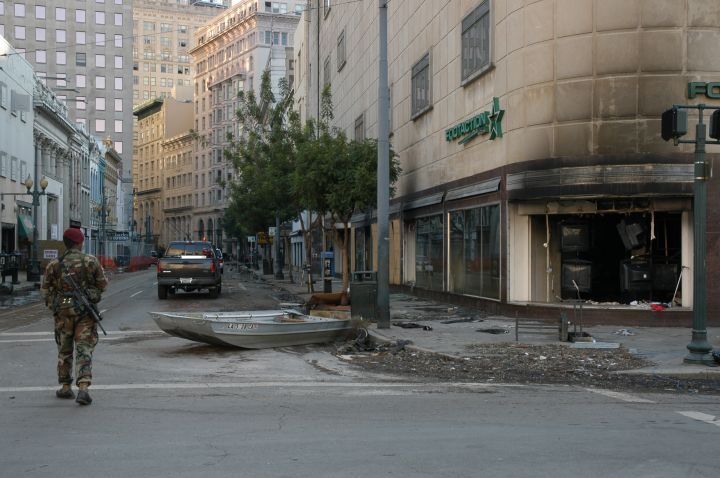
Source:Getty
After surging and becoming a Category 3 storm, Hurricane Katrina made landfall in New Orleans on Aug. 29, 2005. Low-lying homes were flooded up to their rooftops, with floodwaters reaching depths of 10 to 15 feet in some areas. 80% of New Orleans and 95% of St. Bernard Parish were flooded. Half of the city of New Orleans sits below sea level and has no natural drainage points. As a result, it took weeks for the floodwater to finally recede. The flooding left countless residents trapped on their rooftops or in attics for days before being rescued.
2. The Floods Were Largely Caused by the Levees Breaking, Not Hurricane Katrina

Source:Getty
The New Orleans floods weren’t solely caused by Hurricane Katrina. The levees broke, causing the surrounding Lake Pontchartrain to pour into the city. An hour before Hurricane Katrina made landfall, the U.S. Army Corps of Engineers received notice that the levees at the 17th Street Canal, the city’s largest drainage canal, had been breached as a result of the storm surge. The Louisiana Hurricane Protection Project was authorized 40 years earlier, yet only 60-90 percent of the levees were complete by the time Katrina made landfall. A survey of the levees found that the levees failed in over 50 locations.
3. In 2006, the Army Corps issued a 6,000-page report taking some responsibility for the floods
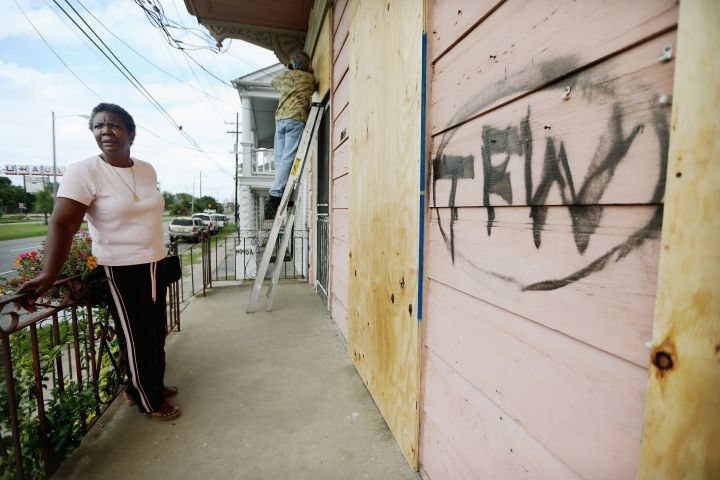
Source:Getty
While the levees were supposed to be able to endure a category 3 storm, the Army Corps acknowledged they were flawed as a result of being built using outdated practices. Investigations into the levee failure found that same failed at water levels far below what they were designed to endure. Over the 2010s, $20 billion in city, state, and federal funds were spent to overhaul the levees, install new flood walls, and canal gates to protect New Orleans from a “100-year storm.”
4. There’s still uncertainty about the impact of another storm that big
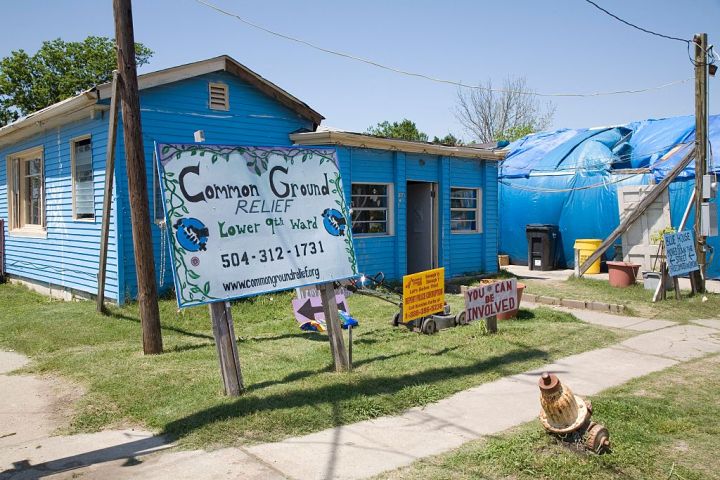
Source:Getty
Despite these improvements, experts are still uncertain whether New Orleans will be able to withstand another storm of Hurricane Katrina’s magnitude.
5. Hurricane Katrina Killed An Estimated 1,836 People
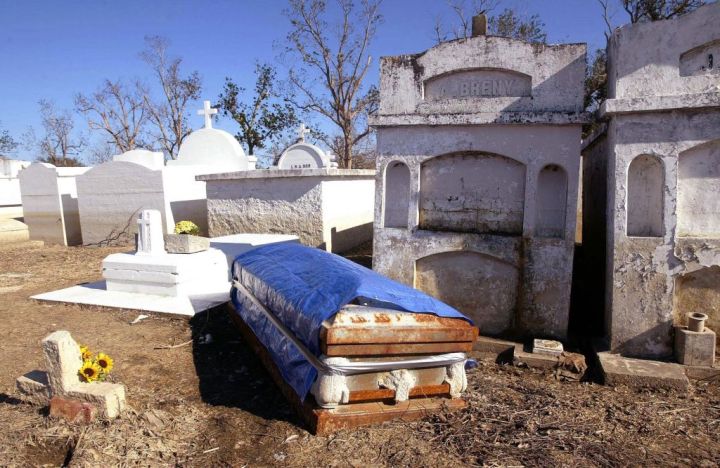
Source:Getty
While thousands of people evacuated New Orleans ahead of Hurricane Katrina making landfall, there were still over 100,000 in the city when the levees broke. The city’s evacuation plan for people who couldn’t leave of their own accord quickly fell apart. Of the 100,000 who remained, an estimated 1,836 people died, over half of whom were senior citizens. The leading causes of death in Louisiana as a result of Hurricane Katrina were drowning, injury, and heart failure.
6. Hurricane Katrina has the fourth-highest death toll of any hurricane in U.S. History
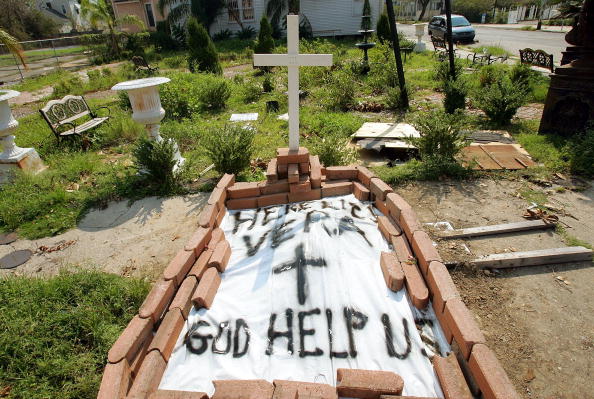
Source:Getty
Hurricane Katrina has the fourth-highest death toll of any hurricane in U.S. History, behind only the Galveston Hurricane of 1900, Hurricane Maria in 2017, and the Okeechobee Hurricane of 1928. The impact of Hurricane Katrina was so devastating that the World Meteorological Organization retired the name “Katrina” in 2006.
7. FEMA was criticized for its response
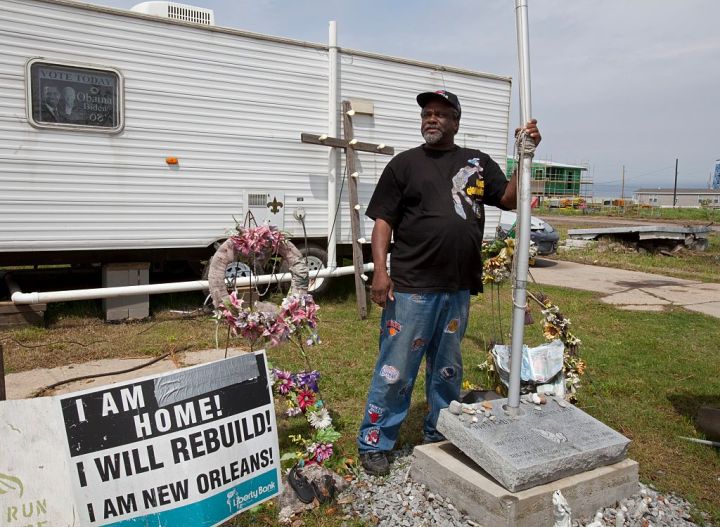
Source:Getty
FEMA’s handling of Hurricane Katrina was widely criticized for a lack of urgency. In the weeks after Hurricane Katrina, New Orleans residents began wearing shirts that said “FEMA – Federal Employees Missing in Action.”
You had to fend for yourself,” Darren McKinney told the Guardian of FEMA’s Katrina response effort. “There just wasn’t enough shelter, wasn’t enough support.” McKinney was trapped in his apartment for four days before city officials rescued him on a boat. FEMA eventually provided McKinney a trailer as a temporary home, though he recalled hearing news reports that the trailers were found to have high levels of formaldehyde.
As a result of the inefficient response and severe shortcomings in disaster relief, response time, and fund distribution, Congress passed the Post-Katrina Emergency Management Reform Act of 2006. This made FEMA an independent agency within the Department of Homeland Security, created 10 regional FEMA offices with their own directors, and created a disability coordinator to ensure people with disabilities aren’t discriminated against during disaster response.
8. The Lower Ninth Ward Still Hasn’t Fully Recovered From the Damage
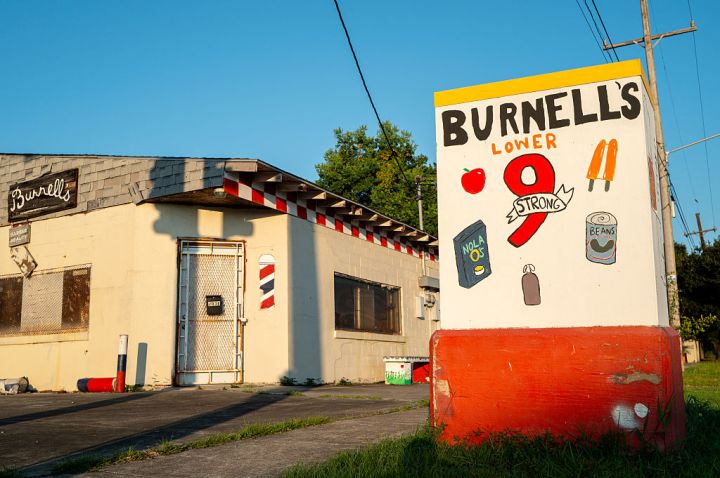
Source:Getty
New Orleans’ historically Black Lower Ninth Ward still hasn’t fully recovered, even 20 years later. In 2005, the Lower Ninth Ward boasted a predominantly Black population of 15,000 people. Today, the Lower Ninth Ward’s population is only a third of that. Many houses in the Lower Ninth Ward remain abandoned, and those who still live there haven’t been provided the resources necessary to restore the neighborhood to its former glory.
9. The Lower Ninth Ward is still suffering

Source:Getty
“This is not a third-world country. This is New Orleans. Now, we’re only 10 minutes from the French Quarter,” Lower Ninth Ward resident Burnell Cotlon told NPR. “And the people that’s here in the Lower Ninth Ward, they’re still suffering.”
10. Delays and “red tape” prevented people from being made whole again

Source:Getty
New Orleans City Council member Oliver Thomas told NPR that Lower Ninth Ward Residents faced discrimination when it came to fund distribution, as grants were based on the cost of their homes before the storm and didn’t factor in how much it would cost to rebuild after the storm.
“A lot of it was tied up in red tape with families and heirs, liens, taxes on properties. That’s one of the things that probably would have helped if the state and the city would have helped cut the red tape,” Thomas told NPR.
11. Always remember Katrina
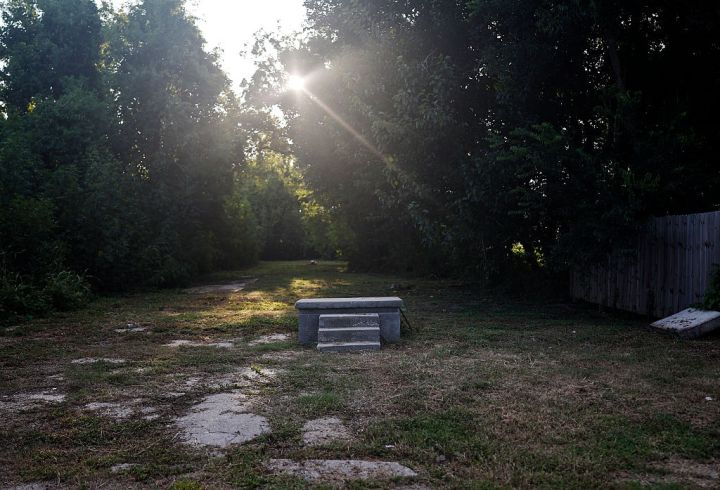
Source:Getty
As devastating climate events become more and more common, we must reflect on the lessons learned from Hurricane Katrina if we want to prevent a similar level of widespread devastation from happening again.
12. 20 Years After Hurricane Katrina, An Uneven Recovery And New Beginnings
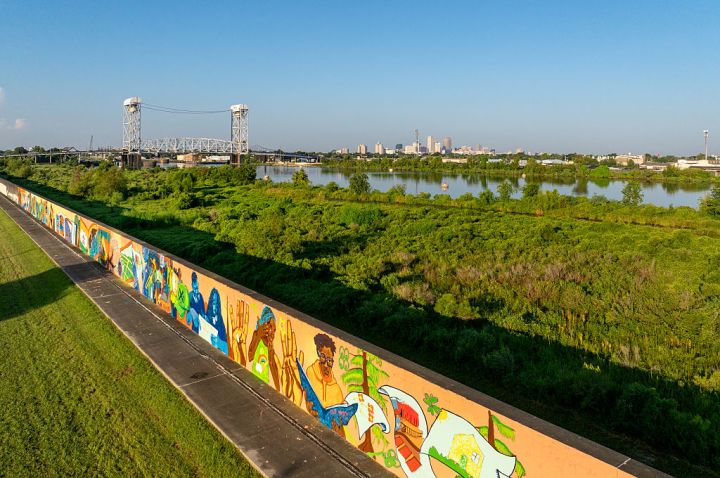
Source:Getty
NEW ORLEANS, LOUISIANA – AUGUST 25: In an aerial view, a mural is displayed on a levee wall in the Lower Ninth Ward on August 25, 2025 in New Orleans, Louisiana. New Orleans and the Gulf Coast region are preparing to mark the 20 year anniversary of Hurricane Katrina, which occurred on August 29, 2005. The historic predominantly Black community of the Lower Ninth Ward held thousands of families and had a high rate of multi-generational homeownership. Multiple levee breaches inundated the entire Lower Ninth Ward during the storm, killing many and damaging or destroying thousands of homes. The Lower Ninth Ward currently holds about one-third of its pre-Katrina population. Katrina resulted in nearly 1,400 deaths, according to revised statistics from the National Hurricane Center, and remains the costliest storm in U.S. history at around $200 billion in today’s dollars.
13. 20 Years After Hurricane Katrina, An Uneven Recovery And New Beginnings
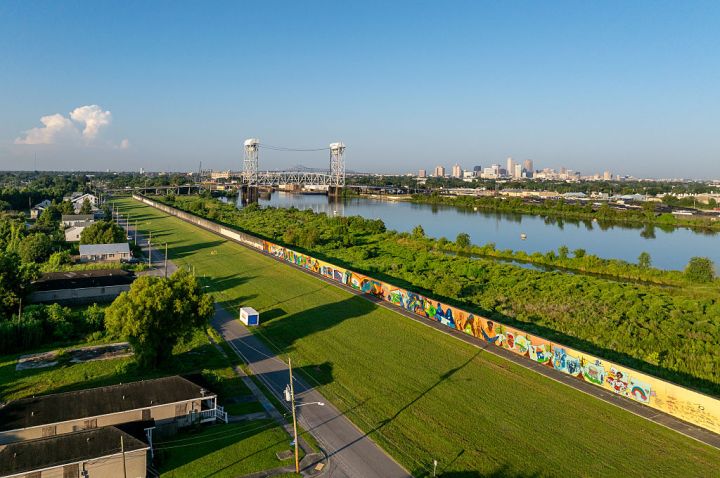
Source:Getty
NEW ORLEANS, LOUISIANA – AUGUST 25: In an aerial view, a mural is displayed on a levee wall in the Lower Ninth Ward on August 25, 2025 in New Orleans, Louisiana. New Orleans and the Gulf Coast region are preparing to mark the 20 year anniversary of Hurricane Katrina, which occurred on August 29, 2005. The historic predominantly Black community of the Lower Ninth Ward held thousands of families and had a high rate of multi-generational homeownership. Multiple levee breaches inundated the entire Lower Ninth Ward during the storm, killing many and damaging or destroying thousands of homes. The Lower Ninth Ward currently holds about one-third of its pre-Katrina population. Katrina resulted in nearly 1,400 deaths, according to revised statistics from the National Hurricane Center, and remains the costliest storm in U.S. history at around $200 billion in today’s dollars.
14. 20 Years After Hurricane Katrina, An Uneven Recovery And New Beginnings
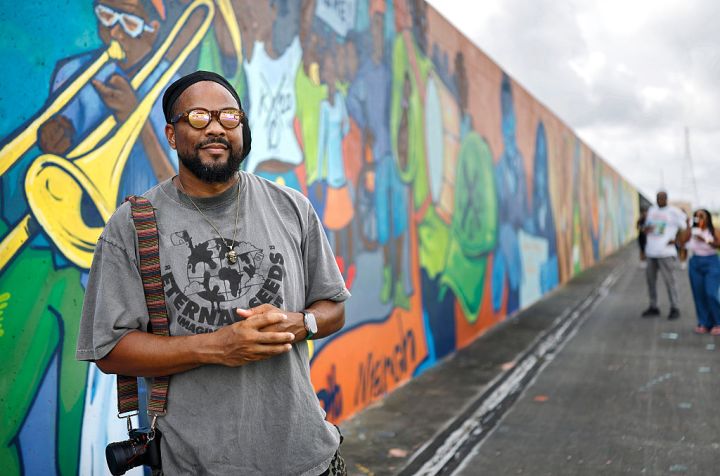
Source:Getty
NEW ORLEANS, LOUISIANA – AUGUST 10: Artist Brandan “BMike” Odums stands for a photo at the Eternal Seeds Summer Session mural unveiling, painted along the rebuilt Lower Ninth Ward levee wall, on August 10, 2025 in New Orleans, Louisiana. Eternal Seeds, founded by Odums, is a community-based nonprofit dedicated to “education, empowerment, and the preservation of New Orleans Black history and culture, with a focus on young and emerging artists.” New Orleans and the Gulf Coast region are preparing to mark the August 29th anniversary of the catastrophic storm, when the failure of levees in New Orleans flooded about 80 percent of the city and historic communities including the Lower Ninth Ward. Katrina resulted in nearly 1,400 deaths, according to revised statistics from the National Hurricane Center, and remains the costliest storm in U.S. history at around $200 billion in today’s dollars. (Photo by Mario Tama/Getty Images) color image,photography,horizontal,usa,event,new orleans,gulf coast states,human interest,launch event,rebuilding,ninth ward,louisiana,accidents and disasters
15. Hurricane Katrina Aftermath
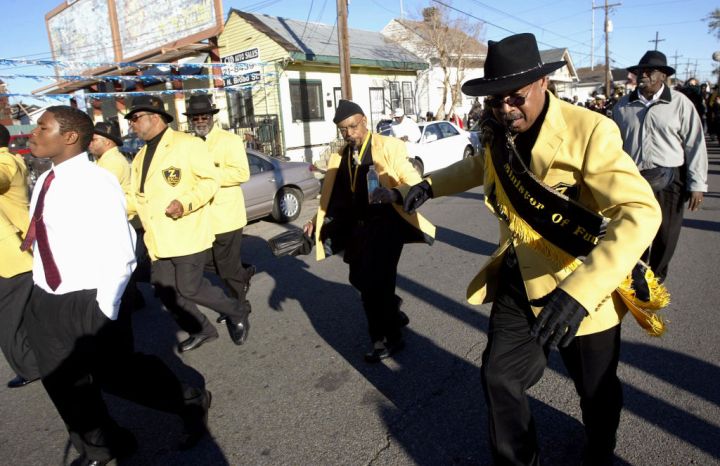
Source:Getty
NEW ORLEANS, LOUISIANA – FEBRUARY 10: Members of the Zulu Social Aid and Pleasure Club sway to the beat as they participate in a jazz funeral in New Orleans, La., on Sunday, Feb. 10, 2006 The funeral was for ten of their members who died in Hurricane Katrina. The burials were out of state, and this was a way to memorialize them in New Orleans’ tradition. (Jane Tyska/Digital First Media/East Bay Times via Getty Images)

